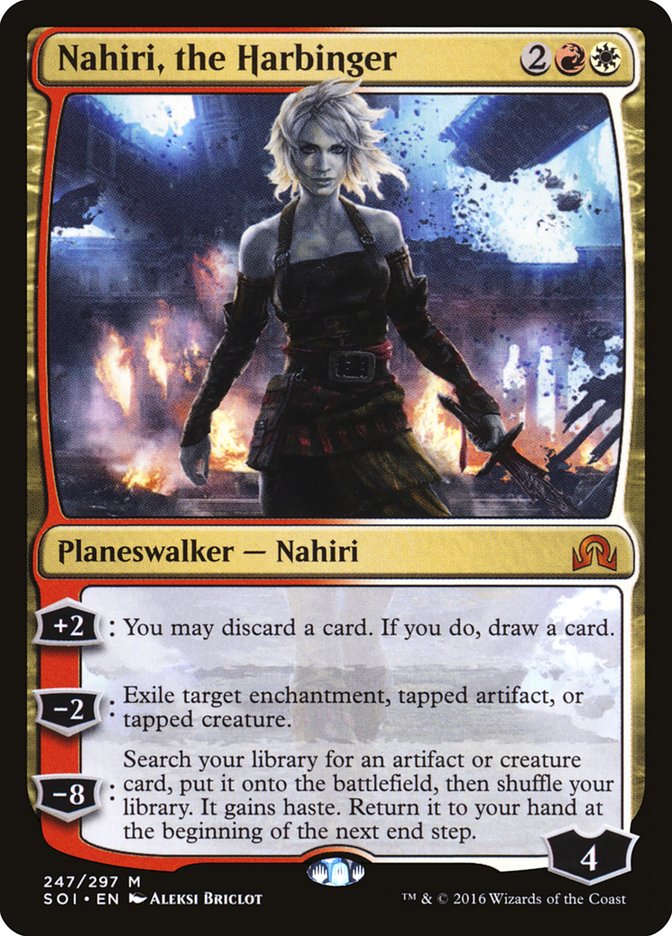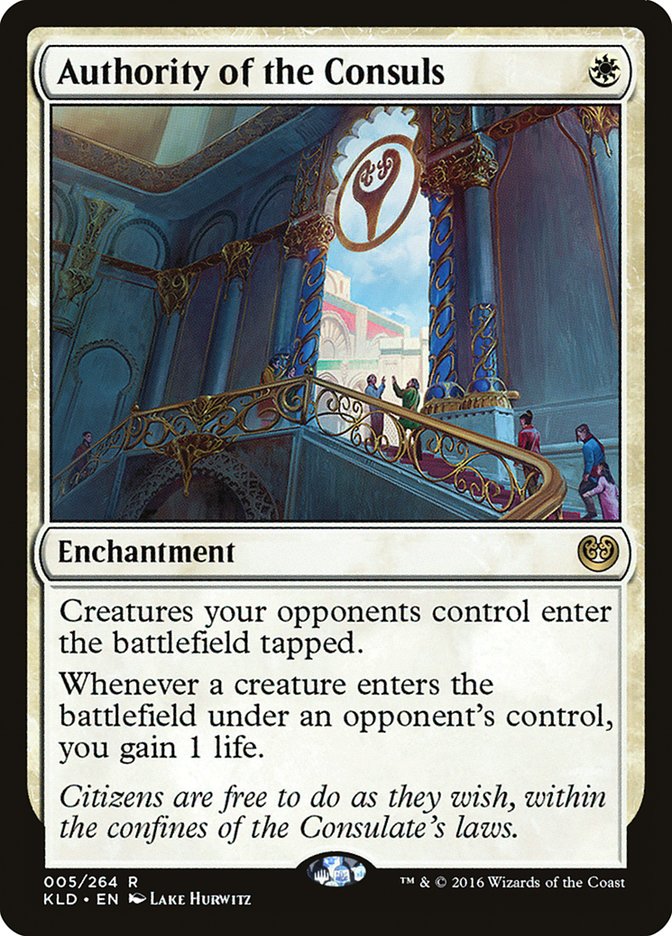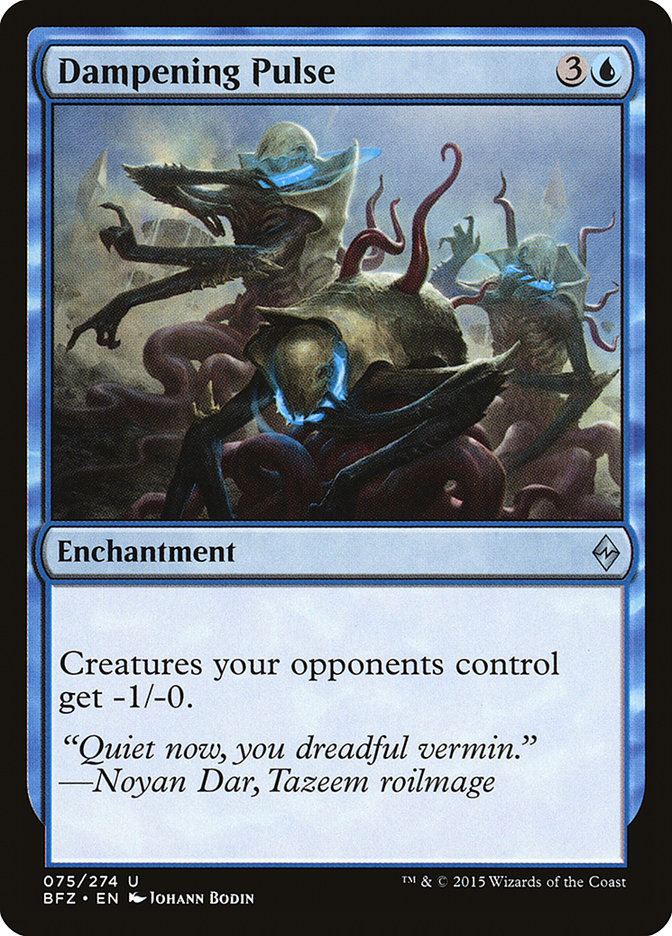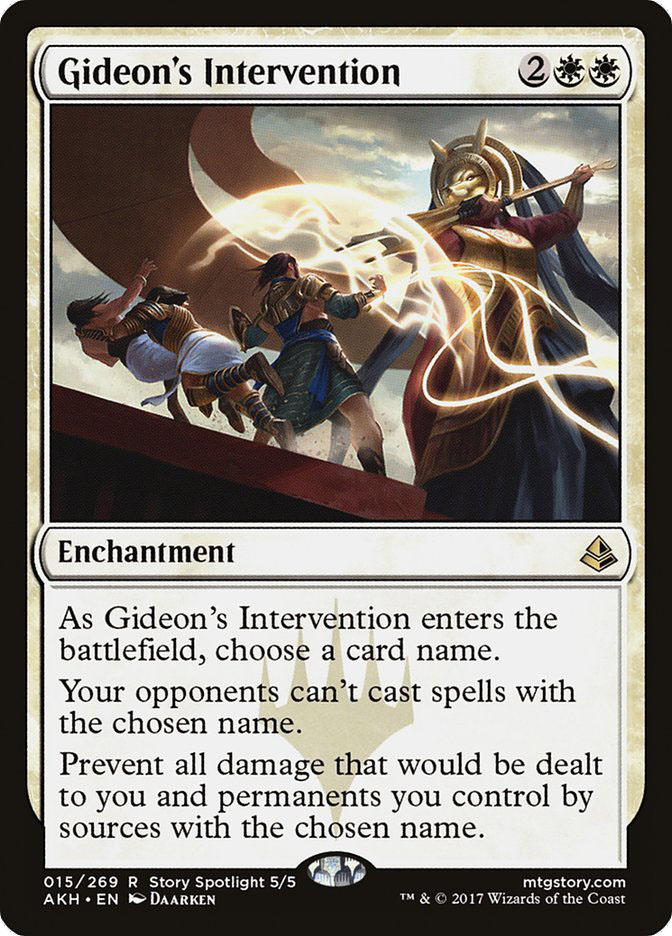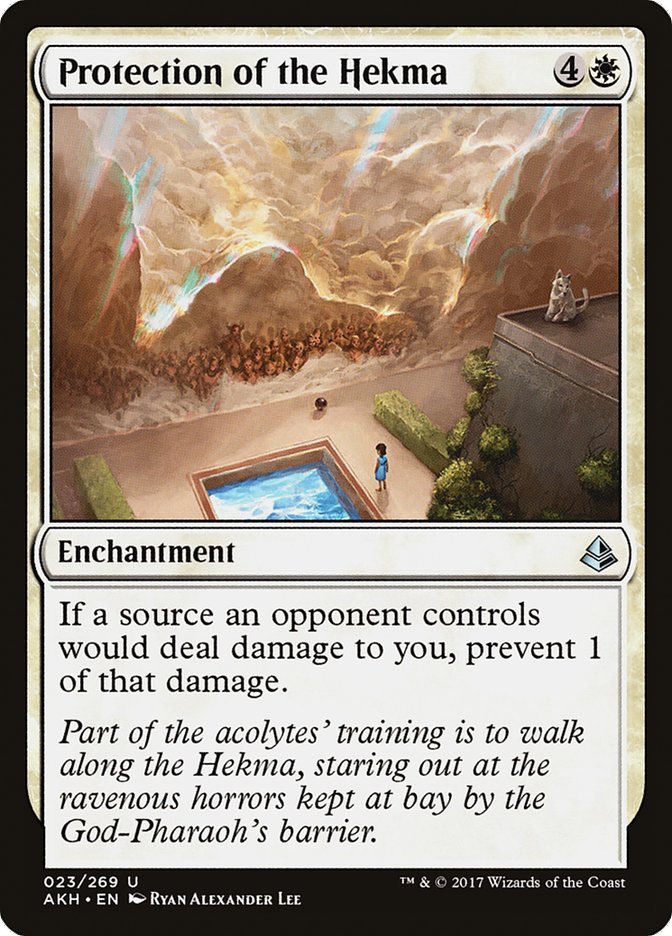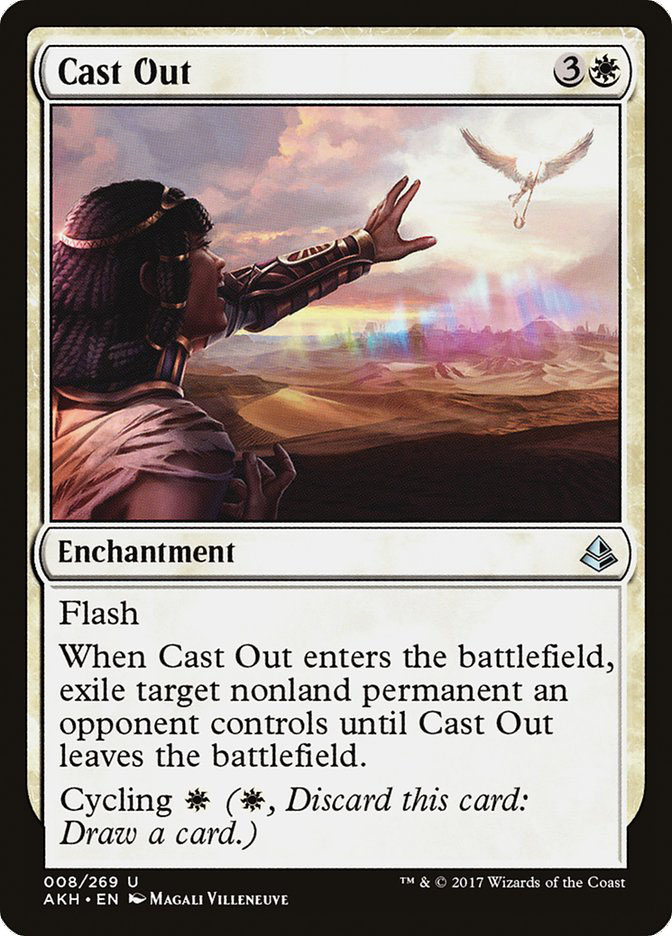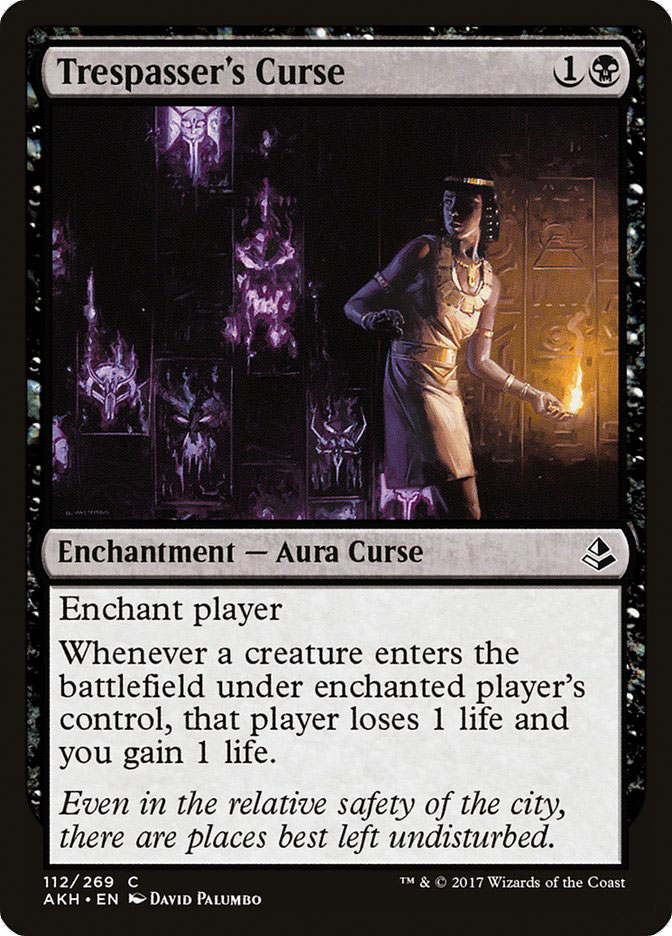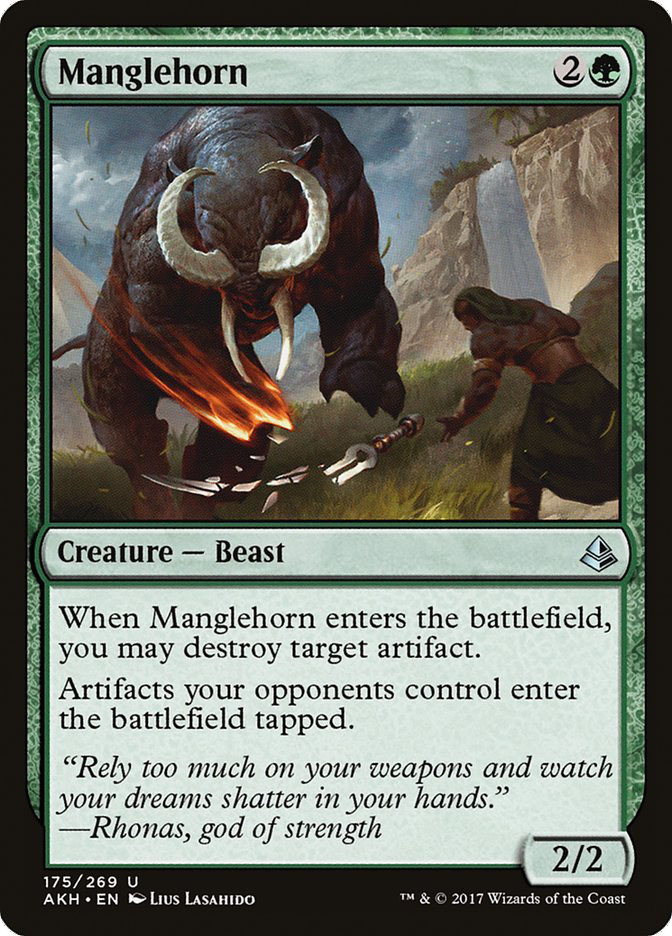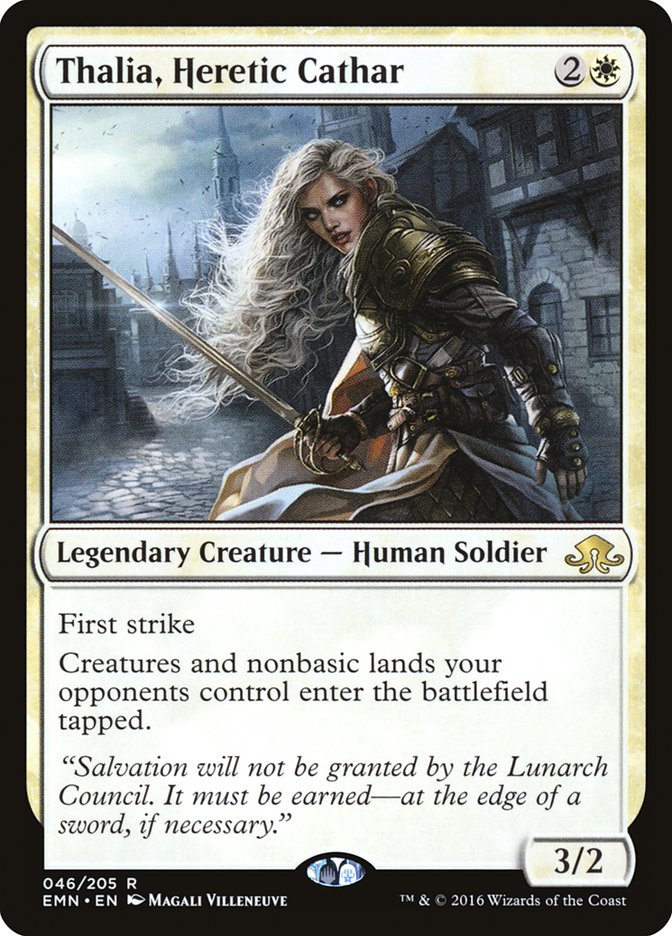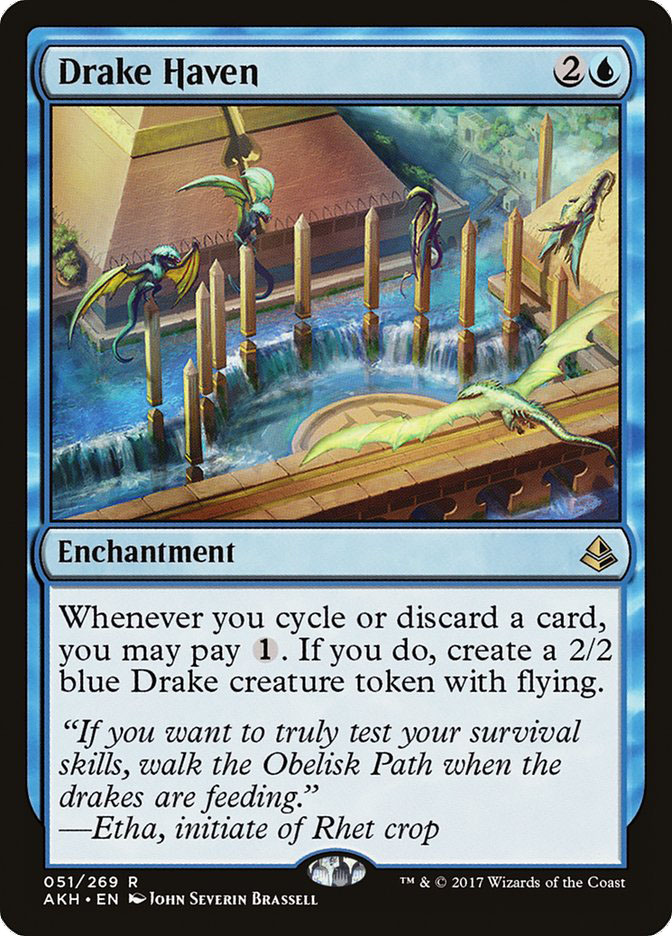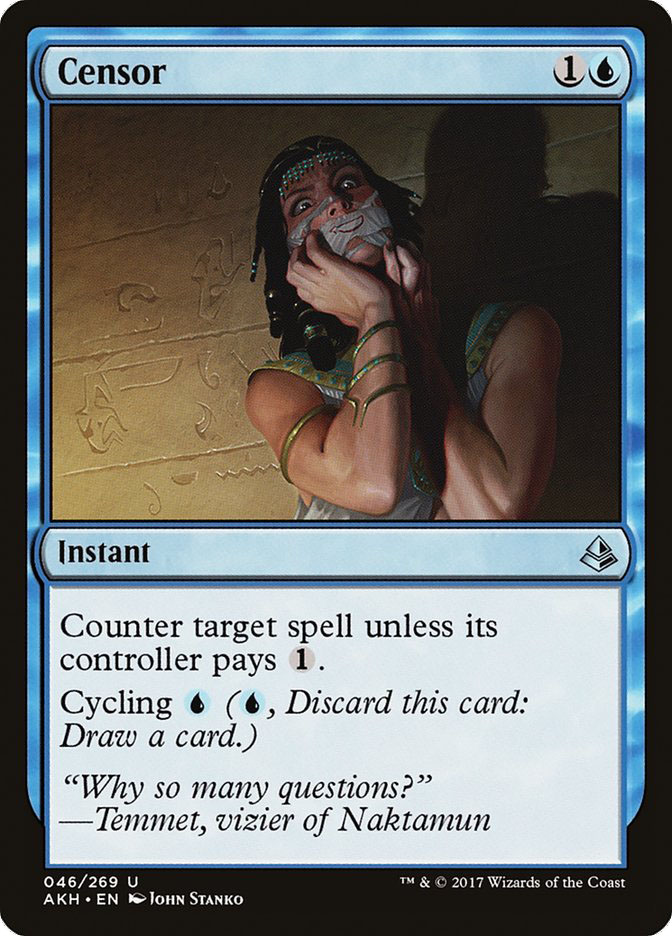It looks like the beginning of Amonkhet Standard is going to be fairly unique. As you know, nothing was banned this past Monday and as a result, SCG Atlanta and Pro Tour Amonkhet will feature the Felidar Guardian / Saheeli Rai combo.
Jim’s quick analysis is certainly something you should take a look at and I don’t have much to add. I’m not a fan, but I was always going to be playing in the Pro Tour with whatever format existed for said tournament. I don’t have and never had any control over it, so here we are.
I can only hope that anyone that planned on attending SCG Atlanta won’t be deterred by the lack of bans. As a result of both the aforementioned and a very quick release of Amonkhet on Magic Online (it came out Monday), we will have access to far more data than most large set releases.
Due to this information, I’m going to take yet another different approach to how I’ve managed this article in the past, essentially stack ranking all the decks I believe to be realistically played this weekend.
Spoiler: the “best decks” are still going to be Four-Color Saheeli and Mardu Vehicles. That hasn’t changed, but despite that fact, I do think it’s important to be optimistic about how Amonkhet IS going to make Standard different. A lot of great role players have been printed and several archetypes are powered up from a few months ago.
Critically, Mardu and Four-Color Saheeli have been given different options, but virtually no strict upgrades. You’ll likely notice in Atlanta this weekend, whether playing or viewing, that Standard is soon to be in the process of an evolution, even if many elements are familiar (or disdained).
The Best Decks
Creatures (19)
- 1 Tireless Tracker
- 1 Verdurous Gearhulk
- 2 Bristling Hydra
- 3 Whirler Virtuoso
- 4 Servant of the Conduit
- 4 Rogue Refiner
- 4 Felidar Guardian
Planeswalkers (7)
Lands (20)
Spells (14)

Four-Color Saheeli has been fairly standardized the past few months, but it’s notable to mention that Jaberwocki and some other folks have been successful with Bristling Hydras in their maindecks on Magic Online recently.
A big-picture takeaway moving into this new Standard format is how good Nahiri, the Harbinger looks. She has been a role-player and sideboard card for several archetypes up until this point, but two of the most powerful cards in Amonkhet, Drake Haven and Cast Out, are tagged by Nahiri at great exchanges in mana.
Check out this list of cards, some old, many new:
All of these enchantments are potential insulation against the infinite combo.
The cards on that list, paired with those of…
…are all reasonable cards to play against the best deck – and they are all potentially answered by Nahiri. Nahiri, the Harbinger is also just a generically good card; a planeswalker that filters your draws and is interaction against aggression is great in a deck that floods often and typically has weaker cards pound-for-pound than its opponents.
Expect Nahiri to make a large impact both this weekend and moving forward.
Creatures (17)
- 4 Thraben Inspector
- 2 Thalia, Heretic Cathar
- 4 Scrapheap Scrounger
- 4 Toolcraft Exemplar
- 3 Walking Ballista
Planeswalkers (6)
Lands (24)
Spells (13)

This is a safe and effective way to build Mardu Vehicles for Week 1. What’s interesting about Mardu is that it has essentially evolved into The Rock – a metagame deck full of great cards. It is legitimately difficult to build an optimal version of Mardu Vehicles in a Week 1 metagame, but if you’re trying to play it safe while making some small hedges, then I like registering Gerry’s version.
As I just spoke about, Nahiri looks to be a great weapon these days, and she was already a huge role-player in the deck’s sideboard plan previously.
Great Decks
Creatures (13)
Planeswalkers (3)
Lands (24)
Spells (20)

This is my current version of Delirium, which I’m very pleased with. A huge issue with Delirium in the past, post-Emrakul, the Promised End ban, is that it was extremely difficult to close games out. Liliana, Death’s Majesty is a huge boon to the archetype, giving it an incredibly sticky threat that generates a massive advantage the turn it enters the battlefield. The only natural enemy of Liliana currently is Unlicensed Disintegration.
Additionally, there have been a few small upgrades – Dissenter’s Deliverance and Never give the deck more interaction and the ability to hedge against problematic permanents. Never also has some reasonable synergy with delirium enablers. Ruinous Path was seldom great, but we do need a critical mass of sorceries in the deck, and being able to produce a Zombie to generate pressure or play defensively while handling a Scrapheap Scrounger is an effect that looks fairly weak but actually plays well since it is largely “free.”
Essentially, now with the ability to outlast and overpower almost any deck not interesting in Marveling into Ulamog, we just need the means to survive.
As of this writing, this is my frontrunner for SCG Atlanta. I want to expand my range a bit before the Pro Tour and believe Delirium to have a host of good tools not only against the best decks but for fighting just about any strategy.
Creatures (15)
Lands (23)
Spells (21)
- 3 Fiery Temper
- 4 Lightning Axe
- 2 Tormenting Voice
- 2 Kozilek's Return
- 4 Cathartic Reunion
- 4 Drake Haven
- 2 Censor
Sideboard

U/R Emerge is my pick for “most-improved fringe deck.” It was fairly popular and successful on Magic Online pre Amonkhet, and has received a huge upgrade.
Drake Haven makes it much easier for emerge to generate meaningful pressure from low bases and few or no copies of Prized Amalgam.
That said, I’m still not sure how to build the deck properly – perhaps trying to maximize your aggression with Bloodrage Brawler is correct, but I’m not convinced yet. I like the play patterns that Censor facilitates here, perhaps to the point where I should be trying to squeeze in more copies. Now that all of your enablers generate a Drake with its Haven, holding back on turn 2 makes a lot of sense before deploying the enchantment on turn 3 and beginning to set up or interact with Lightning Axe / Fiery Temper on turn 4.
It’s also, of course, difficult for Censor to ever be dead and it plays well in general with Drake Haven.
Another big standout to me is Reduce//Rubble. While likely just relegated to the sideboard, Reduce has massive implications for how other slower-slanted decks must play against Emerge. Should they ever sit back too long, they might end up in an Elder Deep-Fiend / “Exhaustion” lock that they can never get out of. The fact that the disruptive Rubble is the Aftermath side of this card means that it can easily be deposited away early to any kind of enabler before being utilized once Emerge is ready to pivot and become aggressive.
Not to mention, how does anyone ever beat this card if they stumble?
Good Decks
Creatures (6)
Lands (26)
Spells (28)

Gerry’s take on U/W Control is pretty sensible. I’m not actually the biggest fan of moving towards the full four copies of Drake Haven, since drawing multiples is still slow. That said, Drake Haven is a huge upgrade from Dynavolt Tower – not only is it a far less vulnerable card type, but the cycling cards are so reasonable to play with by themselves that it’s trivial to turn on and can stabilize and close out games at a considerably faster pace than the optimistic “Lightning Bolt a turn.”
Here’s another route to build the archetype that shows off a lot of potential options:
Creatures (6)
Planeswalkers (3)
Lands (25)
Spells (26)
- 2 Negate
- 3 Immolating Glare
- 3 Corrupted Grafstone
- 4 Harnessed Lightning
- 2 Glimmer of Genius
- 4 Cast Out
- 2 Drake Haven
- 4 Censor
- 2 Hieroglyphic Illumination
Sideboard

The Corrupted Grafstone / cycling cards interaction is still getting an unrealistically low amount of press, and all of the U/W decks are basically interested in Censor and Cast Out at the bare minimum.
Hieroglyphic Illumination is a fascinating card – I’m not sure that it straight-up replaces Glimmer of Genius (especially if you can actually utilize the energy in some productive manner, as you can in Jeskai), but now that these U/W decks are far more functional, in they can actually hit their land drops without relying upon Anticipate and can close the games out without a critical mass of Torrential Gearhulks, Glimmer of Genius is not a card that you are forced to draw every game.
The fact that the Illumination can be a small piece of velocity, fuel Drake Haven and Corrupted Grafstone, and be a fine deposit for an on-curve Gearhulk means that it is yet another card that folks need to consider more for these decks.
I do want to quickly point out a part of my sideboard that has been pretty common for me in sketching out U/X decks in this format – adding Drake Haven as a part of my sideboard plan alongside more cycling duals. Especially in control mirrors where I want to hit all my land drops, the cycling duals can mitigate flood while simultaneously fueling my additional Havens and, in this case, Dragonmaster Outcast.
Creatures (26)
- 2 Verdurous Gearhulk
- 4 Longtusk Cub
- 4 Scrapheap Scrounger
- 2 Greenbelt Rampager
- 4 Winding Constrictor
- 3 Rishkar, Peema Renegade
- 4 Walking Ballista
- 3 Rhonas the Indomitable
Lands (21)
Spells (13)

There are so many ways to build these G/X aggro decks that it’s daunting. For now, I’ve been most impressed by this fairly straightforward update on Ben Stark’s Top 8 deck from Grand Prix New Jersey.
Rhonas the Indomitable is certainly the brand-new draw, and it’s a great card here. Notably, Ben’s old sideboard plan utilizing Lathnu Hellion is actually perfect in combination with the new God, as this curve and aggression is so difficult to overcome.
Shaving on Greenbelt Rampager looks weird, but the card was never really a one-drop and it is likely the weakest card in the deck – minus its applications as an emergency revolt enabler for Fatal Push.
The Outsiders
This is the stuff that I like and want to be good but can’t reasonably recommend if folks want to give themselves the best chance in the tournament.
Creatures (24)
- 4 Scrapheap Scrounger
- 4 Night Market Lookout
- 4 Glint-Sleeve Siphoner
- 4 Walking Ballista
- 4 Dread Wanderer
- 4 Bone Picker
Planeswalkers (3)
Lands (20)
- 16 Swamp
- 4 Aether Hub
Spells (13)
Sideboard

Tom’s new take on a hyper-linear aggro deck is awesome and looks great to me, but it likely still needs some work to be done. Will Tom do well with it? Probably, but that doesn’t mean anyone should just pick it up.
Look out for whatever work he puts into this strategy, but I still think Bone Picker is still some strides away from being a huge player in Standard.
Lands (27)
Spells (33)

If Felidar Guardian had been banned, I would be legitimately excited for this deck as a PT option. As it were, Crush of Tentacles is a laughably weak card against Four-Color Saheeli and this deck has had to shift a bit, leaning more on Commit in the maindeck and trying to utilize an Approach of the Second Sun’s kill. Admittedly, Commit//Memory is quite good in this deck (once you accrue a huge mana advantage, a draw-seven is ridiculous when your deck is all Time Walks and Fog), but Crush of Tentacles not being another hybrid Time Walk / win condition is a huge blow to the potential of this archetype.
I’m going to keep working on this, but Fogs are marginal reprieve against the infinite combo whenever an opponent can “reset” their Saheeli at the end of the infinite iteration and be ready to combo off again on the following turn.
There haven’t been any bans, but that doesn’t mean that the texture of Standard won’t change. If you aren’t prepared for the new cards that are being slotted into archetypes, you are sure to be behind in Atlanta. Taking a cynical stance towards Standard and the results of last Monday won’t do you any favors in the tournament this weekend!


